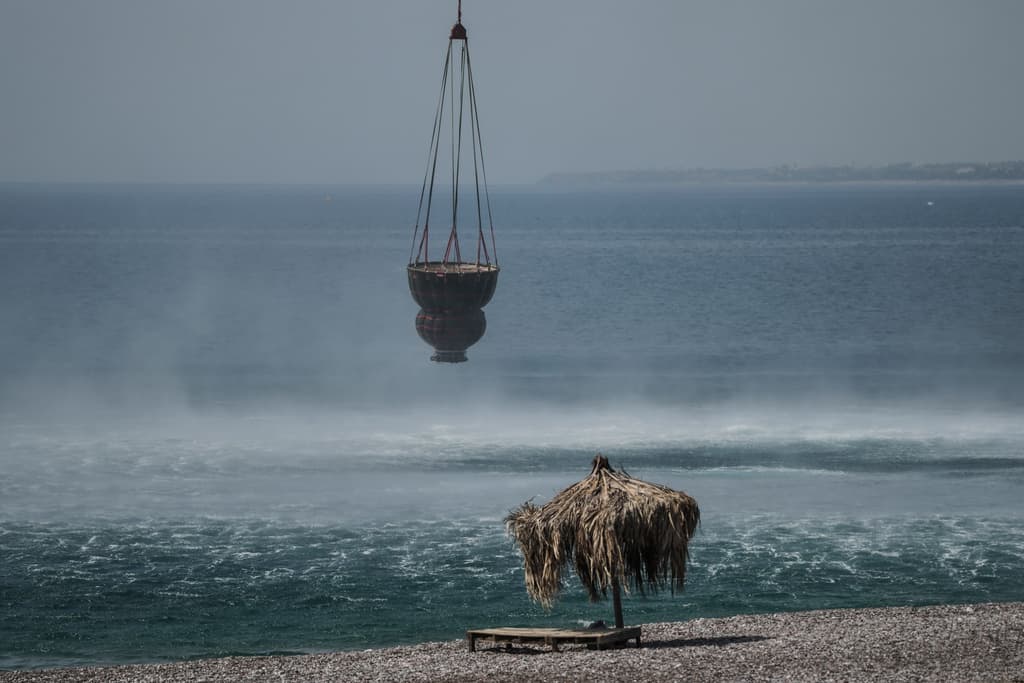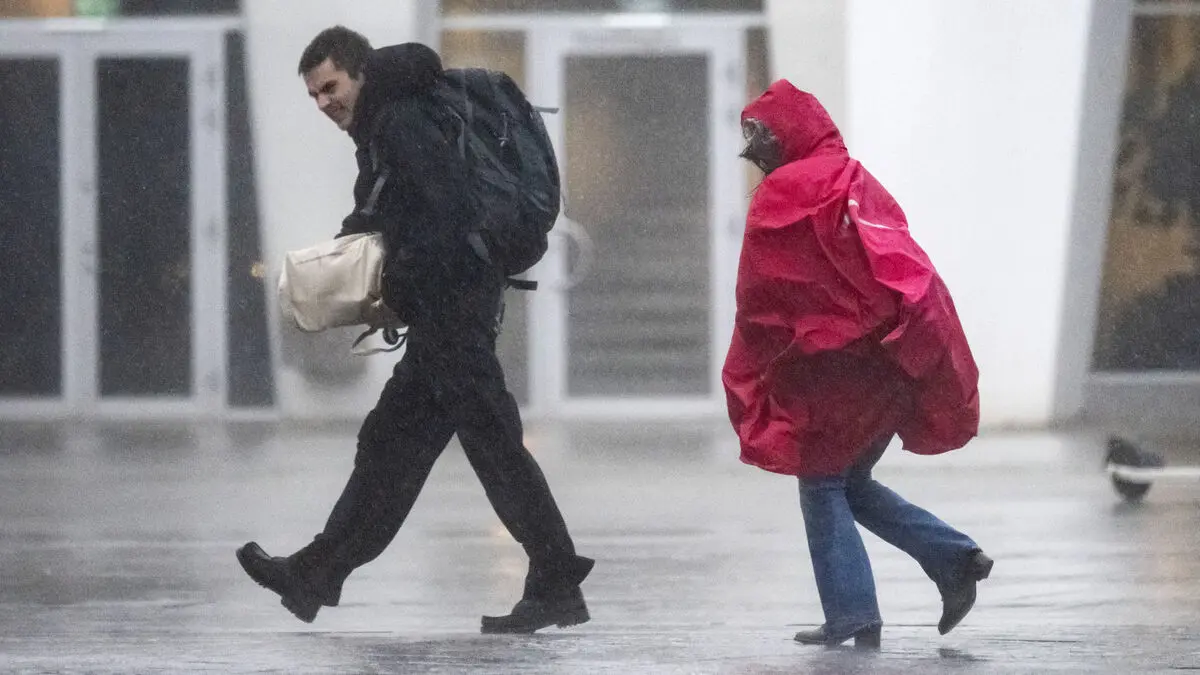Summer has begun with high temperatures in several of Europe's destinations. However, heat warnings, fires, and closed attractions are unlikely to deter tourists, according to tourism researcher Stefan Gössling.
People forget quickly.
Tourists collapsed and fires led to evacuations during last year's scorching summer. This year, the Acropolis was closed due to a record-breaking heatwave in Greece, and several tourists have died since venturing out hiking around the country.
It's not the only country in Southern Europe experiencing unusually high temperatures early on, which has raised concerns about a repeat of last year's extreme weather. However, despite locals and tourists having to sleep in schools and sports halls when fires broke out on Rhodes last year, the island remains one of Swedish travel agencies' most popular destinations this summer.
People forget quickly about such negative things. Maybe not if you've personally experienced an extreme situation, then you might think twice about wanting to experience something similar again, says Stefan Gössling, professor of tourism science at Linnaeus University.
But for most people, it's abstract. As a tourist, you can't really relate to the risks that exist everywhere and are only going to increase.
The Beach Beckons
It doesn't have to be as hot as in Southern Europe for Swedes to suffer from negative health effects, since we're generally less accustomed to high temperatures. However, surveys suggest that "surprisingly many" think the holiday season doesn't start until it reaches 40 degrees, according to Gössling.
You don't necessarily see it as something bad, but think you can just lie on the beach. Extreme conditions primarily affect those working in the tourism industry and then the tourists.
Forecasts indicate that Europe's most popular destinations will be crowded this summer. Many factors come into play when planning a holiday, Gössling believes.
So far, the weather doesn't dominate. We won't see a simple switch, from one country to another. Stockholm and Venice are very different cities with different cultures and beach life.
Spanish Model
Gössling believes the first step is adapting to the heatwaves that will become more common due to climate change.
If it's 45 degrees, you don't stroll around Rome's streets; you stay indoors. You hope there's a pool that's cool enough to cool down, he says.
Or you take a dip in the sea, but then the sand can be so hot that you have to be careful not to burn your feet. I think many will adopt the Spanish model as a strategy, sleeping during the day and going out in the evening instead.
Superficial blood vessels dilate, and we sweat more. If you don't get enough fluids, your blood becomes more concentrated, and the risk of blood clots increases.
If the heart can't handle the increased demands on pumping capacity, it can lead to severe heart failure. Elderly people often die due to circulatory disorders.
Headaches and nausea can be signs of heatstroke, which can be life-threatening. With heatstroke, the body temperature is over 40 degrees. Other symptoms can include vomiting, vision disturbances, dizziness, confusion, and rapid pulse.
Source: Public Health Agency





